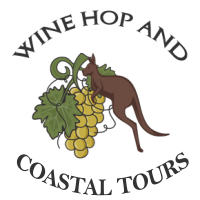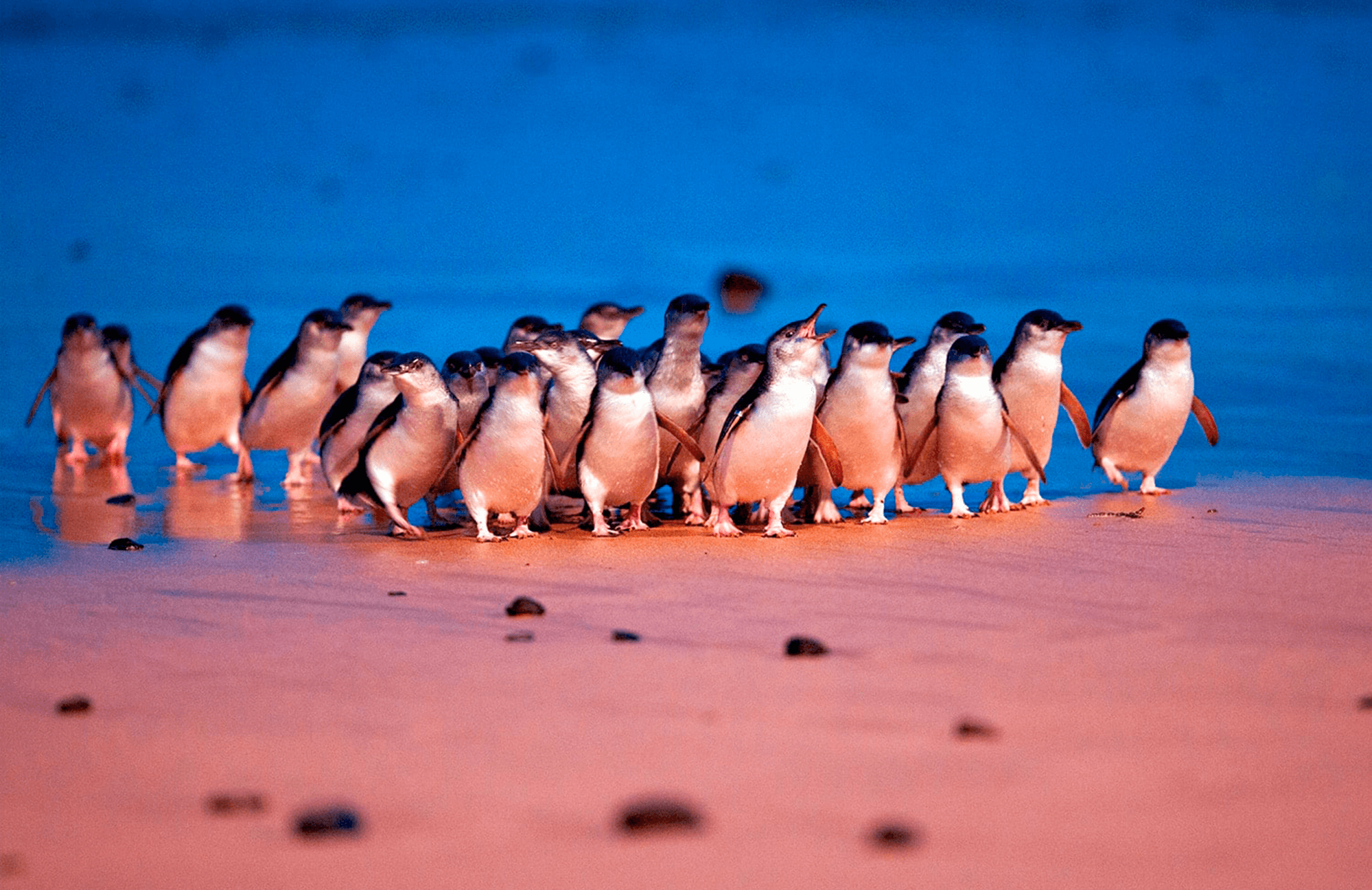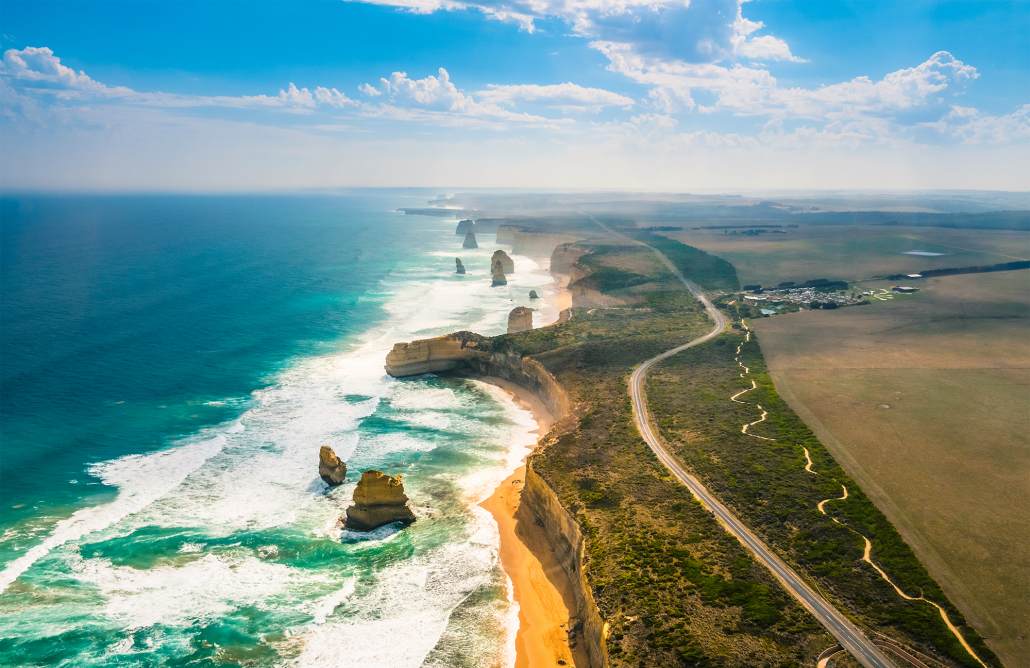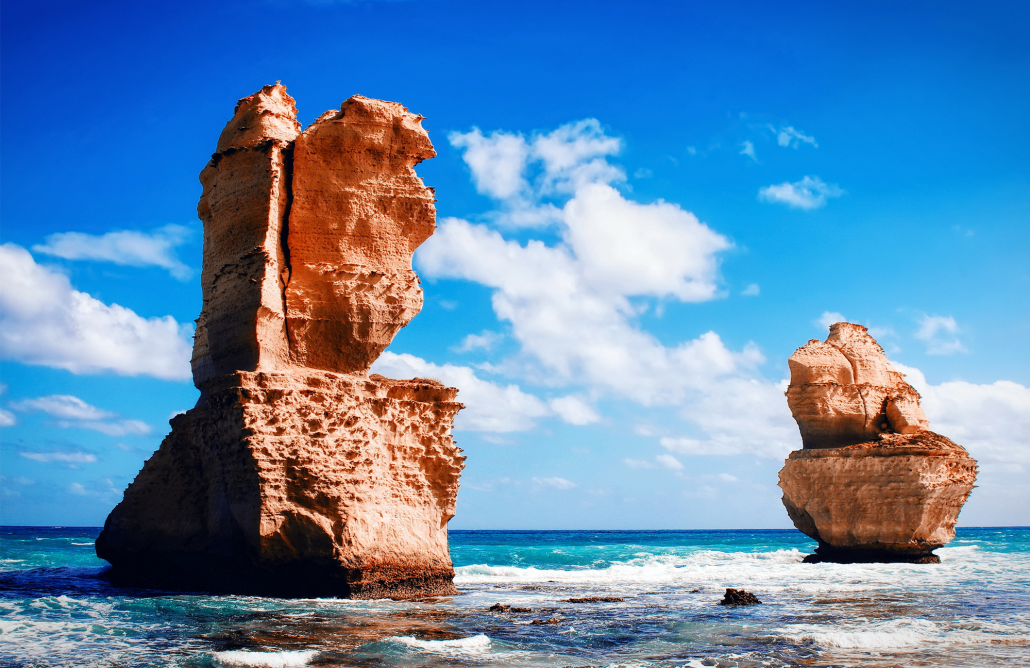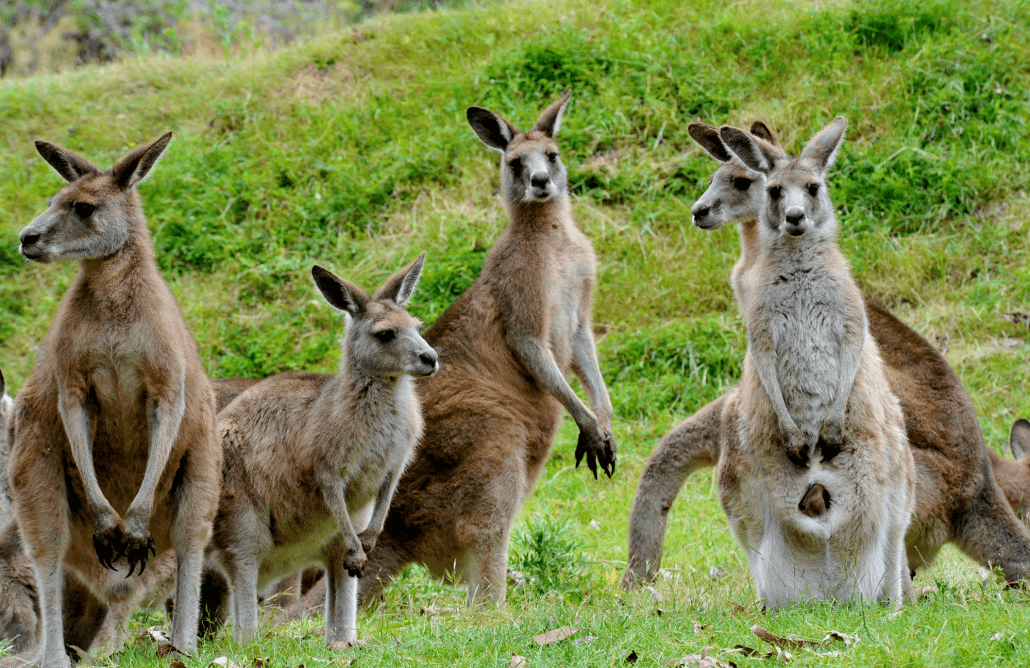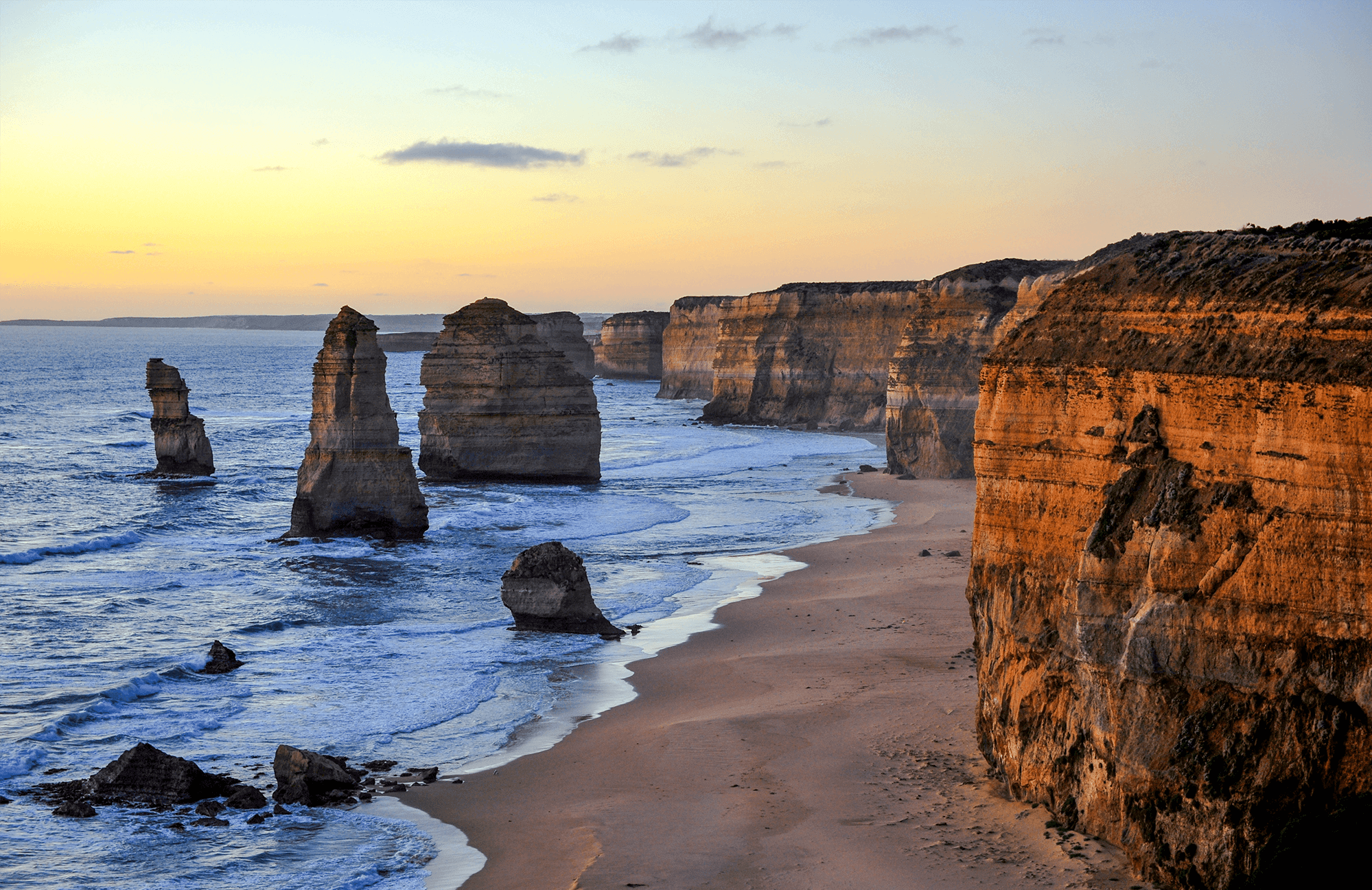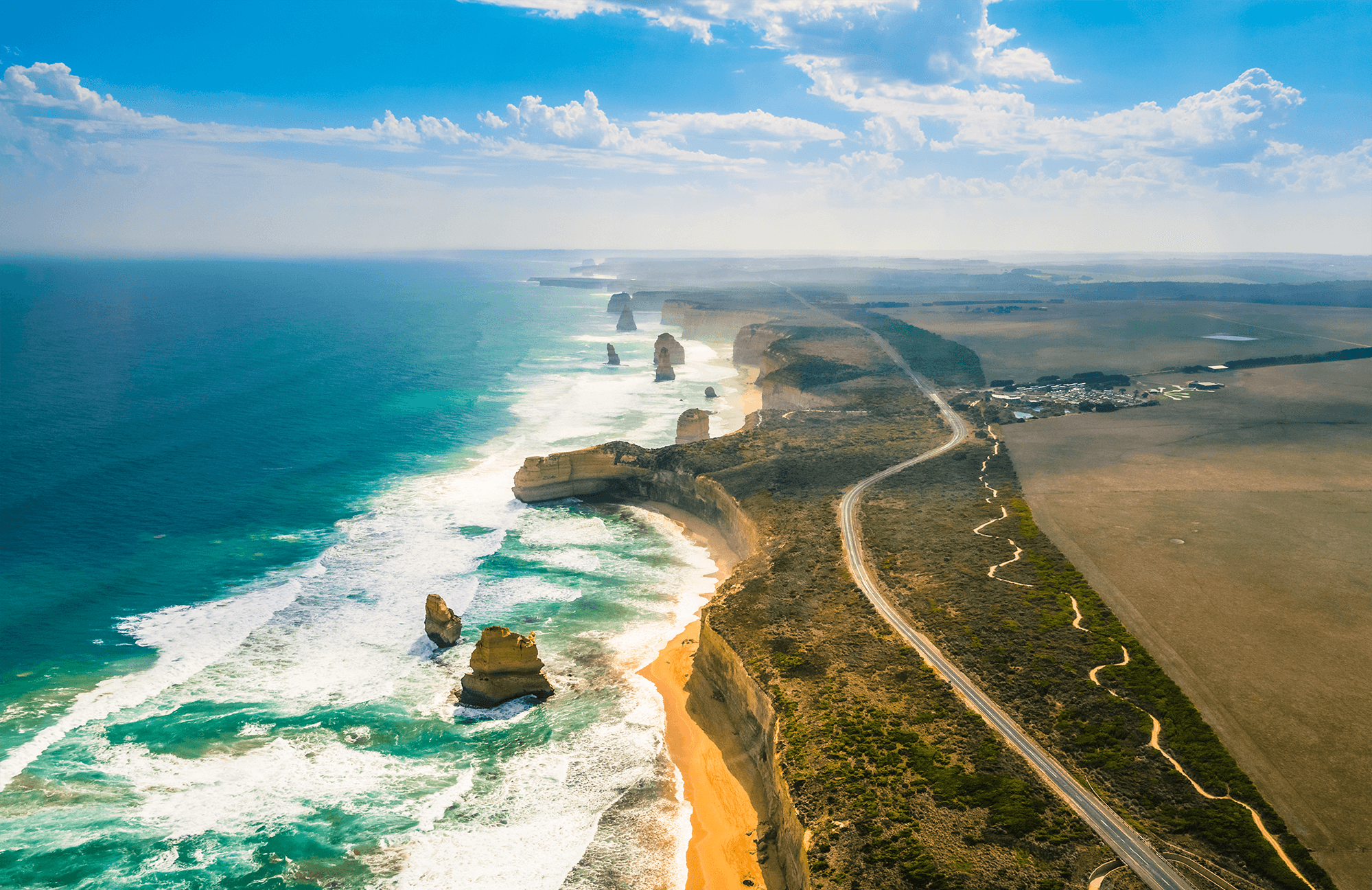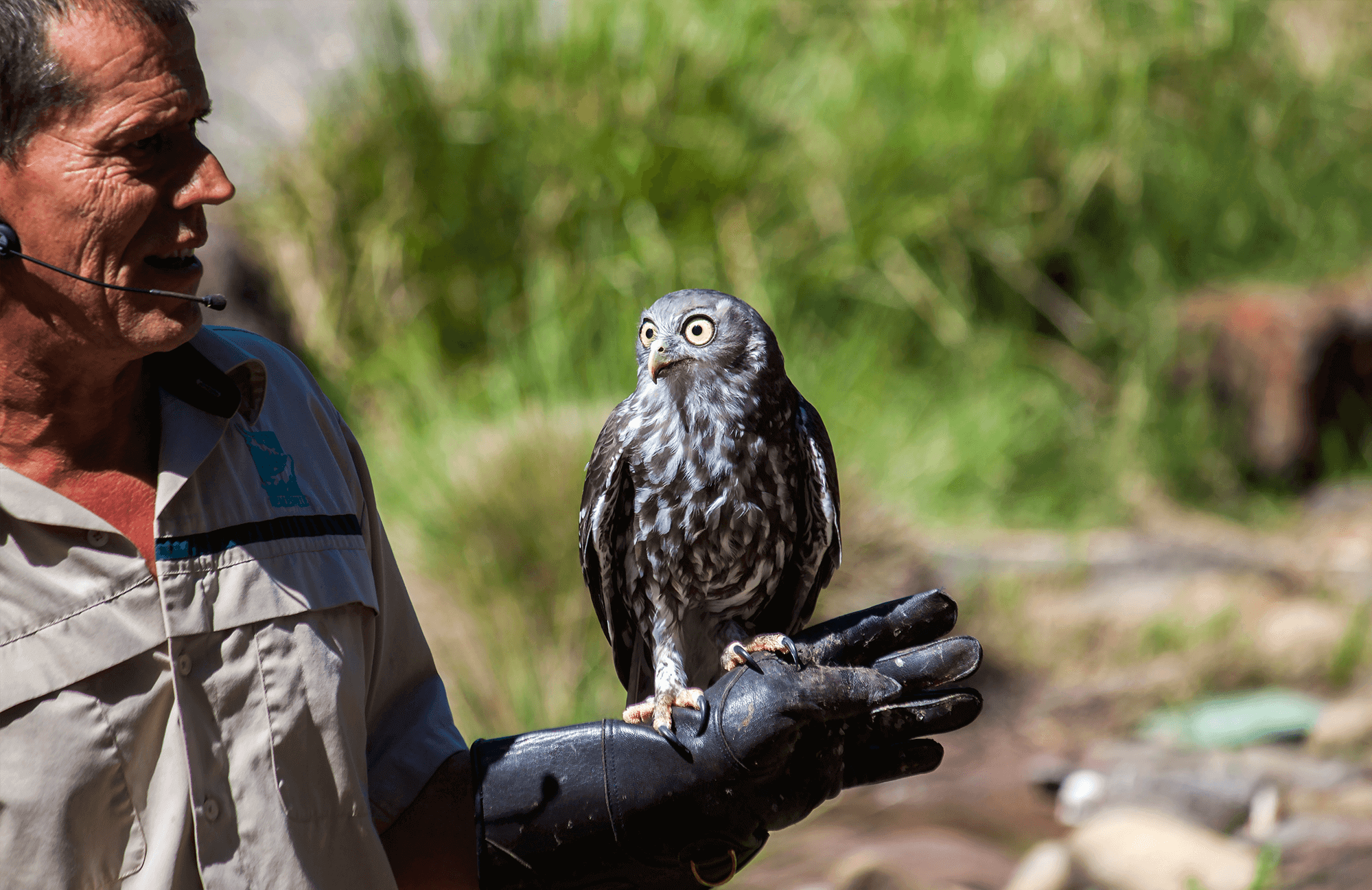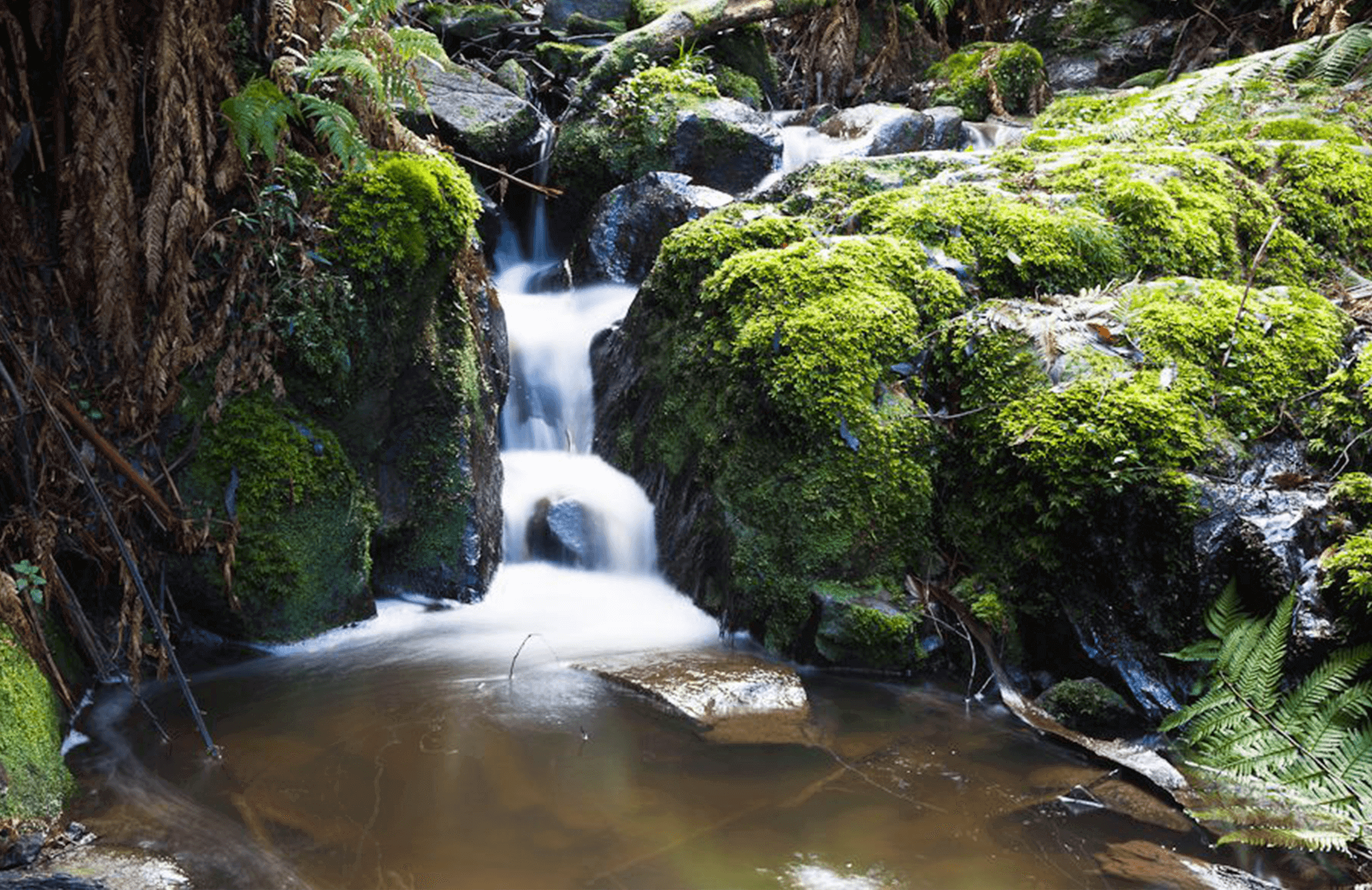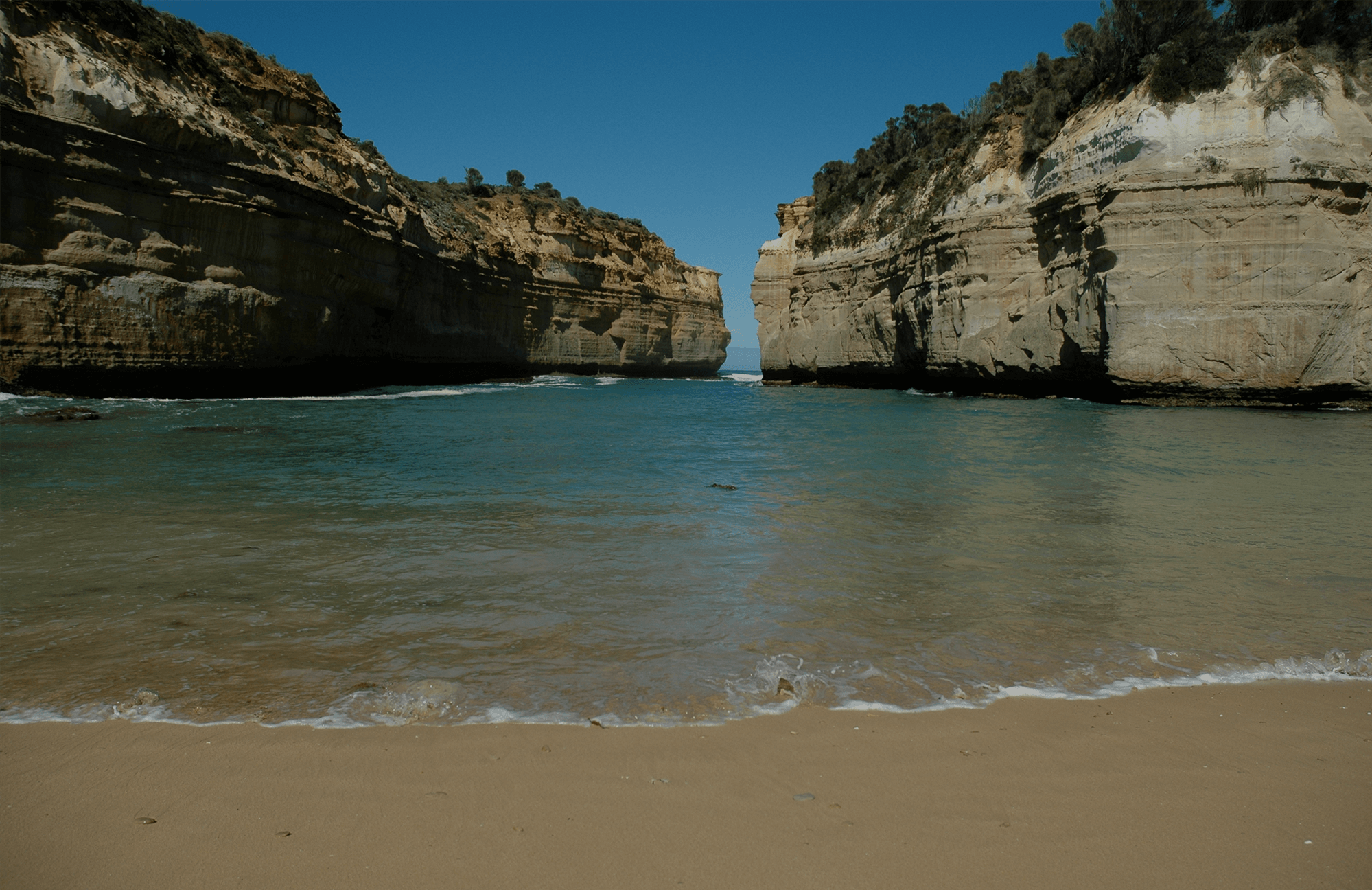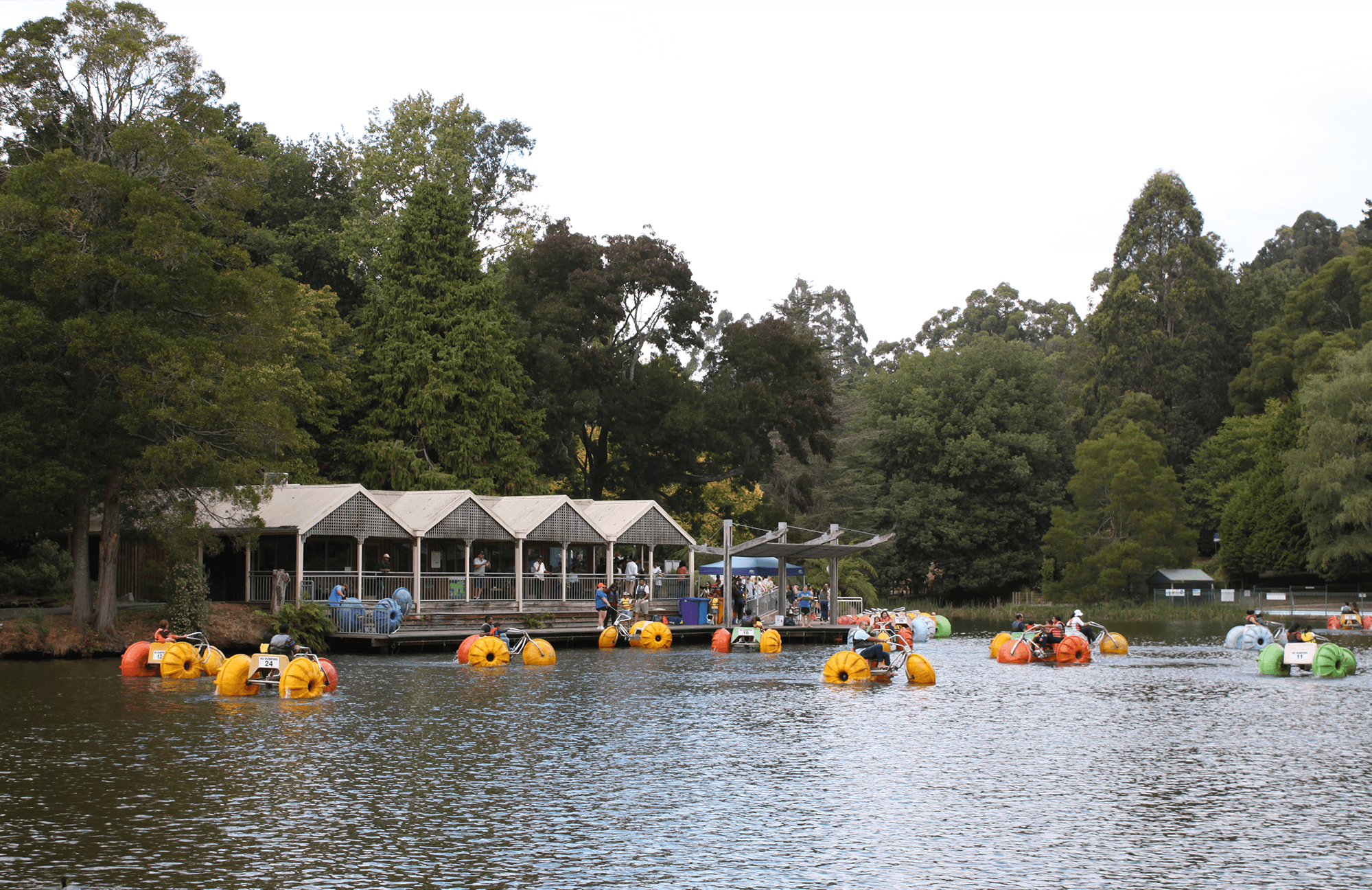Healsville Sanctuary

Healesville Sanctuary & Phillip Island Penguin Parade
The Yarra Valley is world-renowned for its wine, food, rolling hills and of course the Healesville Sanctuary. We will pass by many wineries such as Coombes Estate, Chandon, Rochford’s and Four Pillars gin distillery recently won the award of the world best gin.
Sit back relax and enjoy the beautiful scenery as we make our way to Healesville.
Once the home of world-famous opera singer Dame Nellie Melba, Coombe Yarra Valley is a unique gourmet and cultural destination. Situated among seven acres of stunning gardens, visitors are treated to a world-class dining experience featuring award-winning Coombe Farm wines, against a historic, picturesque backdrop.
Dame Nellie Melba GBE (born Helen Porter Mitchell; 19 May 1861 – 23 February 1931) was an Australian operatic soprano. She became one of the most famous singers of the late Victorian era and the early 20th century and was the first Australian to achieve international recognition as a classical musician.
She took the pseudonym “Melba” from Melbourne, her hometown. Melba studied singing in Melbourne and made a modest success in performances there. After a brief and unsuccessful marriage, she moved to Europe in search of a singing career. Failing to find engagements in London in 1886, she studied in Paris and soon made a great success there and in Brussels. Returning to London she quickly established herself as the leading lyric soprano at Covent Garden from 1888. She soon achieved further success in Paris and elsewhere in Europe, and later at the Metropolitan Opera in New York, debuting there in 1893. Her repertoire was small; in her whole career, she sang no more than 25 roles and was closely identified with only ten. She was known for her performances in French and Italian opera but sang little German opera. During the First World War, Melba raised large sums for war charities. She returned to Australia frequently during the 20th century, singing in opera and concerts, and had a house built for her near Melbourne. She was active in the teaching of singing at the Melbourne Conservatorium. Melba continued to sing until the last months of her life and made a large number of “farewell” appearances. Her death, in Australia, was news across the English-speaking world, and her funeral was a major national event. The Australian $100 note features her image.
Chandon is home to some of the worlds best sparkling wines in the world. There are only 6 Chandon wineries in the world.
Sixty years ago, Robert-Jean de Vogüé and an assortment of his closest friends set out to redefine luxury sparkling wine. They decided the only way to bring it into the modern world was to take it far, far from home. That journey of rediscovery began in Argentina and eventually took them to California, Brazil, China, India and, of course, all the way down here to little old Australia. When we say the sun never sets on Chandon, we mean it quite literally.
Rochford’s is not just a winery it is also the home of “A day on the green”. A day on the green is a concert area on the premises that has hosted some of the worlds best music entertainers including Lionel Richie, Sir Elton John, Rod Stewart, Meatloaf, Tom Jones, Blondie and many more.
Established in 2013 Four Pillars on the award of the world best gin in 2019. Hers you can taste many gins and also join gin-making master classes.
Healesville is well known for the Healesville Sanctuary, a nature park with hundreds of native Australian animals displayed in a semi-open natural setting and an active platypus breeding program.
The Yarra Valley Railway operates from Healesville Station every Sunday, most public holidays and Wednesday to Sunday during school holidays.
Schools in Healesville include the Healesville Primary School, St Brigid’s Catholic primary school, the rural Chum Creek Primary School, Badger Creek Primary School, Healesville High School and Worawa Aboriginal College, an Aboriginal school whose former students include noted Australian Rules Footballer David Wirrpanda. Much of what is now Healesville lies on the ancestral land of the Wurundjeri people. An Aboriginal reserve known as Coranderrk, set up in 1863, was located just south of the main township.
Industries in and around Healesville include sawmilling, horticulture, tourism and viticulture.
Healesville has an active CFA (Country Fire Authority) volunteer fire brigade established in 1894. The Healesville Rural Fire Brigade was formed in 1941, and disbanded and membership amalgamated with the Healesville Urban Fire Brigade in 1985. The amalgamation of the Chum Creek Rural Fire Brigade with the Healesville brigade occurred in 1996. The Healesville Fire Brigade[8] now operates a main and a satellite station with members from both the Healesville and Chum Creek areas.
Healesville is the southern terminus of the Bicentennial Heritage Trail, which, at 5,330 km (3,310 mi), is the longest trail of its type in the world. The northern end of the trail is at Cooktown, Queensland, a town 328 kilometres (204 mi) north of Cairns.
Healesville Sanctuary, formally known as the Sir Colin MacKenzie Sanctuary, is a zoo specialising in native Australian animals. It is located at Healesville in rural Victoria, Australia,
and has a history of breeding native animals. It is one of only two places to have successfully bred a platypus, the other being Sydney’s Taronga Zoo. It also assists with a breeding population of the endangered helmeted honeyeater.
The zoo is set in a natural bushland environment where paths wind through different habitat areas showcasing wallabies, wombats, dingoes, kangaroos, and over 200 native bird varieties.
Enjoy a leisurely drive across the Dandenong Ranges as we then make our way to Phillip Island.
Cockatoo was named after Cockatoo Creek. It was first settled in the 1870s but progress was tardy as the land was difficult to clear.
A Post Office was not opened until 1 November 1901 when the railway arrived and was known as Cockatoo Creek until 1917.
Shortly after the end of World War I, a large number of immigrants went to live in Cockatoo while working in Melbourne. The most significant wave was made by Italians.
Timber getting was the major source of employment and this industry received a considerable boost when the narrow-gauge railway from Upper Ferntree Gully to Gembrook was completed in 1900. Moreover, the railway brought leisure-seeking
Melburnians into the area and a market for subdivision arose. The railway is operated today as the Puffing Billy Railway. Cockatoo was one of the worst-hit townships during the disastrous 1983 Ash Wednesday Bushfires, where over 300 buildings were destroyed and 6 lives lost.
San Remo is a town in southern Victoria, Australia in the Gippsland region. Formed as a fishing village, its economy is now largely based on tourism. It is also notable as the town on the mainland end of the bridge to Phillip Island
The earliest inhabitants of the area were the Yalloc Bulluk clan of the Bunurong people, indigenous Australians of the Kulin nation. In the Bunwurrung language, the island is known as carrying or mellow. Their coastal territory with its sheltered bays meant that the Yalloc Bulluk, along with other Bunurong clans, were among the first Aboriginal people in Victoria to have contact with European mariners.
Phillip Island is now a tourist destination visited by 3.5 million people annually. The Penguin Parade at Phillip Island Nature Park, in which little penguins come ashore in groups, attracts visitors from all over the world. They come to see one of the few areas where this species of penguin can be seen. Phillip Island is home to approximately 32,000 penguins, which can be seen by tourists at sunset every day of the year.
The island is recognised as having some of the most consistently reliable and varied surf conditions in the country. The island has hosted various surf events in the past, such as the Rip
Curl Pro and the Roxy Pro Women’s Surfing Festival.
The Island is also host to the motorcycle Grand Prix.
Other events include the Churchill Island Working Horse and Pioneer Festival.
The Island is 26kms long and 9kms wide.
Located on one of Victorian’s only north-facing beaches, Cowes, Phillip Island’s commercial hub is an ideal base to soak up the Island’s seaside holiday vibe! During the holiday season, Cowes is bustling as visitors and locals enjoy the buzzing cafes, waterfront restaurants, boutique shops and ocean views.
During the summertime, Cowes main beach is a perfect location to spend the afternoon swimming and an array of water activities on the foreshore.
The Nobbies information centre and Boardwalk including Seal Rock. Take a stroll down the boardwalk and admire some of the best lookouts on Phillip Island. The Nobbies is well known for the magnificent views of Seal Rocks where you can see Australia’s largest colony of fur seals as they frolic, and relax on the rocky outcrops. On your walk, catch a glimpse of the blowhole which is caused by waves smashing into a large sea cave creating a large jet of water soaring into the sky.
You will also see thousands of sea birds as they make nests all along the foreshore and catch glimpses of them as they take flight over the sea. You may also, catch glimpses of fairy penguins as sleeping in their burrows during the day, or catch them emerging and waddling out to sea. The Nobbies Centre is also located on-site which is an information centre where visitors can learn more about the landscape and natural wildlife that calls Phillip Island home.
The Penguin Parade on Phillip Island is all about little penguins returning home after a hard day fishing. Although the penguin parade is the third biggest tourist attraction in Australia, it
is not a show but a natural event of the ‘s life little penguin’s life that occurs every day, after sunset.
For over 80 years, people have been going to Phillip Island to watch the Little Penguins crossing the beach at Summerland Beach. The earlier visitors came over by using the ferry
carrying blankets, picnic baskets, torch lights to sit on the beach and view the penguins coming ashore on their way to their “homes”, the tiny burrows built on the dunes.
Experience this amazing natural wildlife experience for yourself.
